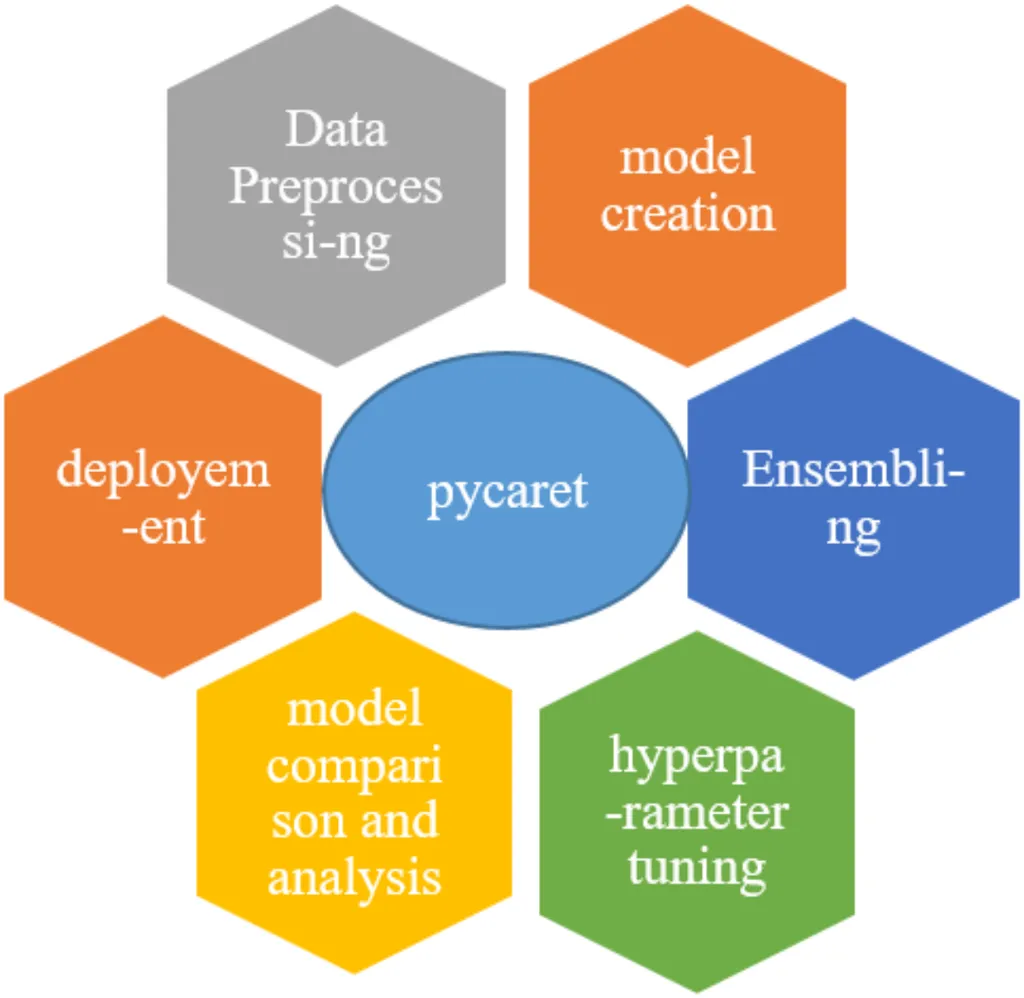In a groundbreaking development for the construction industry, researchers have harnessed the power of machine learning to predict the tensile strength of advanced, eco-friendly concrete mixes. This innovation, led by Ala’a R. Al-Shamasneh from the Department of Computer Science at Prince Sultan University, promises to revolutionize the way we design and build infrastructure, particularly in the energy sector.
The study, published in the journal Scientific Reports (translated to English as “Nature Research Reports”), introduces a novel approach to forecasting the tensile strength of concrete incorporating nano-engineered and sustainable materials. Tensile strength, a critical factor in structural integrity and longevity, has often been overlooked in favor of compressive strength in predictive modeling. “This research fills a significant gap in our understanding and predictive capabilities,” Al-Shamasneh explains. “By focusing on tensile strength, we can better understand and prevent crack formation and structural damage, leading to more durable and safer structures.”
The research team compiled a unique database of 500 data points, considering ten diverse input factors such as water-to-cement ratio, curing time, aggregate types, and various additives like basalt fiber, carbon nanotube, geopolymer binder, and superplasticizer. They employed and compared four state-of-the-art machine learning algorithms: support vector regression (SVR), artificial neural networks (ANN), extreme gradient boosting (XGBoost), and a novel hybrid ensemble model (HEM).
The HEM model, which combines outputs from multiple base learners using a weighted meta-regressor, consistently outperformed the other algorithms. It achieved a remarkable K-fold cross-validation composite score of 96, demonstrating superior predictive accuracy. “The hybrid ensemble model’s ability to capture nonlinear trends in tensile strength for various parameters makes it an invaluable tool for optimizing concrete mix designs,” Al-Shamasneh notes.
The implications for the energy sector are substantial. As the demand for sustainable and high-performance infrastructure grows, so does the need for advanced materials and predictive models that can enhance structural integrity and longevity. “This research provides a framework for developing eco-friendly concrete mixes that meet the stringent requirements of the energy sector,” Al-Shamasneh states. “By optimizing tensile strength, we can design structures that are not only more durable but also more resistant to environmental stresses, ultimately reducing maintenance costs and enhancing safety.”
The study also revealed optimal input values for maximizing tensile strength, offering practical guidelines for engineers and construction professionals. These insights can lead to more informed decision-making and innovative mix designs that balance performance, sustainability, and cost-effectiveness.
As the construction industry continues to evolve, the integration of machine learning and materials science is expected to play a pivotal role in shaping future developments. This research sets a strong foundation for further exploration and application of advanced predictive models in infrastructure construction and maintenance. By embracing these technologies, the energy sector can drive progress towards more resilient, sustainable, and efficient infrastructure systems.

